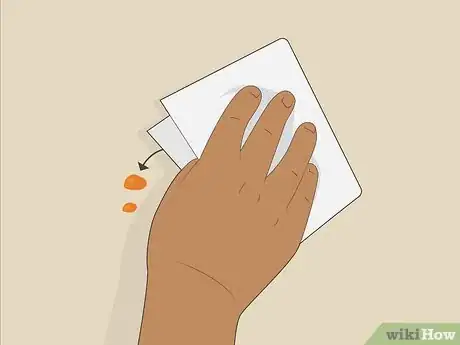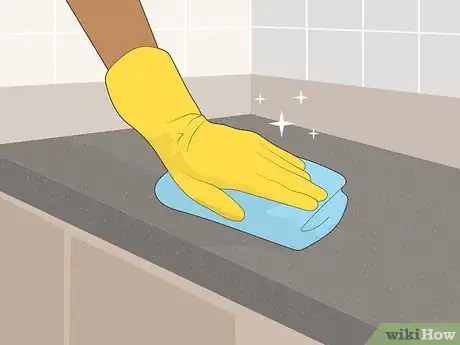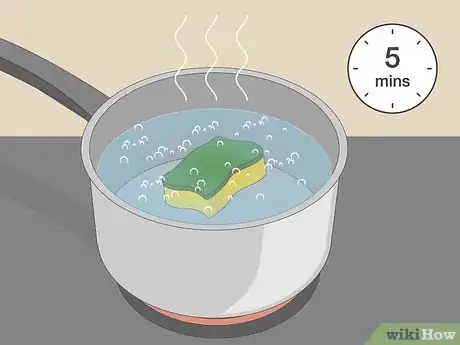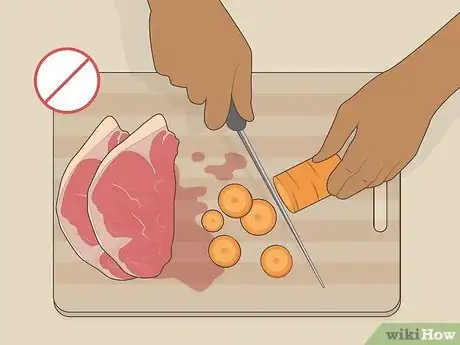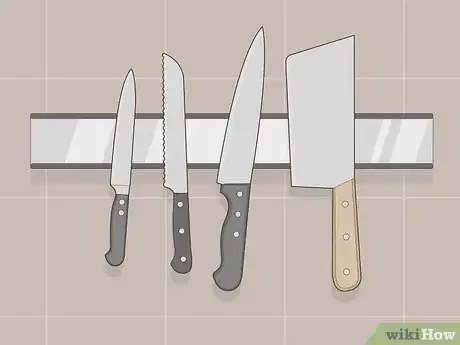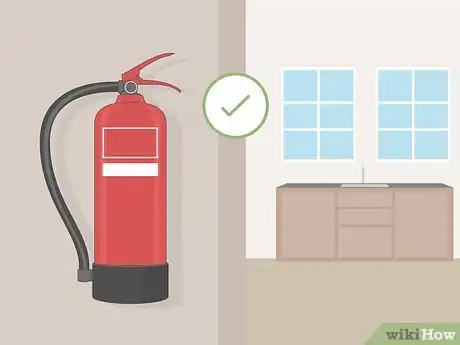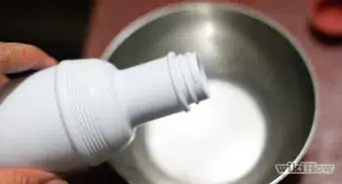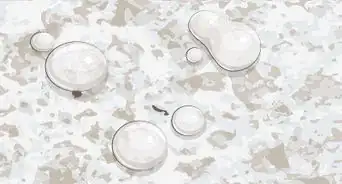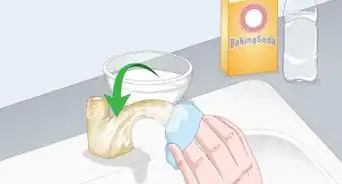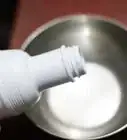This article was co-authored by Robert Rybarski and by wikiHow staff writer, Jessica Gibson. Robert Rybarski is an Organizational Specialist and Co-Owner of Conquering Clutter, a business that customizes closets, garages, and plantation shutters to ensure organized homes and lifestyles. Robert has over 23 years of consulting and sales experience in the organization industry. His business is based in Southern California.
There are 10 references cited in this article, which can be found at the bottom of the page.
wikiHow marks an article as reader-approved once it receives enough positive feedback. In this case, 92% of readers who voted found the article helpful, earning it our reader-approved status.
This article has been viewed 289,748 times.
If you're like most people, the kitchen is one of the busiest rooms of your home. It's probably not surprising, then, that the kitchen can also be one of the messiest. To keep your kitchen safe, healthy, and inviting, come up with a cleaning routine that helps you tackle and prevent grime. If you take care of a few chores a day, messes won't pile up so cleanup is faster.
Steps
Expert Q&A
Did you know you can get expert answers for this article?
Unlock expert answers by supporting wikiHow
-
QuestionWhat's the best way to store my kitchen dishes?
 Robert RybarskiRobert Rybarski is an Organizational Specialist and Co-Owner of Conquering Clutter, a business that customizes closets, garages, and plantation shutters to ensure organized homes and lifestyles. Robert has over 23 years of consulting and sales experience in the organization industry. His business is based in Southern California.
Robert RybarskiRobert Rybarski is an Organizational Specialist and Co-Owner of Conquering Clutter, a business that customizes closets, garages, and plantation shutters to ensure organized homes and lifestyles. Robert has over 23 years of consulting and sales experience in the organization industry. His business is based in Southern California.
Organizational Specialist
-
QuestionWhere should I store seasonal kitchen items?
 Robert RybarskiRobert Rybarski is an Organizational Specialist and Co-Owner of Conquering Clutter, a business that customizes closets, garages, and plantation shutters to ensure organized homes and lifestyles. Robert has over 23 years of consulting and sales experience in the organization industry. His business is based in Southern California.
Robert RybarskiRobert Rybarski is an Organizational Specialist and Co-Owner of Conquering Clutter, a business that customizes closets, garages, and plantation shutters to ensure organized homes and lifestyles. Robert has over 23 years of consulting and sales experience in the organization industry. His business is based in Southern California.
Organizational Specialist
-
QuestionHow can I organize all of my wine glasses?
 Robert RybarskiRobert Rybarski is an Organizational Specialist and Co-Owner of Conquering Clutter, a business that customizes closets, garages, and plantation shutters to ensure organized homes and lifestyles. Robert has over 23 years of consulting and sales experience in the organization industry. His business is based in Southern California.
Robert RybarskiRobert Rybarski is an Organizational Specialist and Co-Owner of Conquering Clutter, a business that customizes closets, garages, and plantation shutters to ensure organized homes and lifestyles. Robert has over 23 years of consulting and sales experience in the organization industry. His business is based in Southern California.
Organizational Specialist
References
- ↑ https://www.in.gov/isdh/reports/breatheasyville/athome/kitchen.html
- ↑ https://www.canr.msu.edu/news/keeping-your-kitchen-safe
- ↑ https://www.thekitchn.com/10-ways-to-clean-your-kitchen-less-often-and-enjoy-it-way-more-195852
- ↑ https://www.cooksillustrated.com/articles/59-how-to-keep-your-kitchen-clean-and-safe
- ↑ https://www.consumerreports.org/garbage-disposals/how-to-clean-your-garbage-disposal/
- ↑ https://www.cooksillustrated.com/articles/59-how-to-keep-your-kitchen-clean-and-safe
- ↑ https://www.fsis.usda.gov/food-safety/safe-food-handling-and-preparation/food-safety-basics/cutting-boards
- ↑ https://hfs.uw.edu/getmedia/63dfd148-941f-414d-95f3-e5c6fca0a74b/How-to-Clean-Kitchen.aspx
- ↑ https://extension.umn.edu/sanitation-and-illness/clean-kitchen-required-food-safety
About This Article
If you want to keep your kitchen clean and safe, put away any leftover food and wash your dishes after each meal. Clean up any spills when they occur, and use a disinfecting spray if the spill involves raw meat. Take out the garbage when the bag is full, and wipe down the garbage can regularly. Also, be sure to sweep or vacuum the floor in the kitchen at least once a day, and mop weekly. For tips on safe food handling, including the temperature for reheating leftovers, keep reading!

